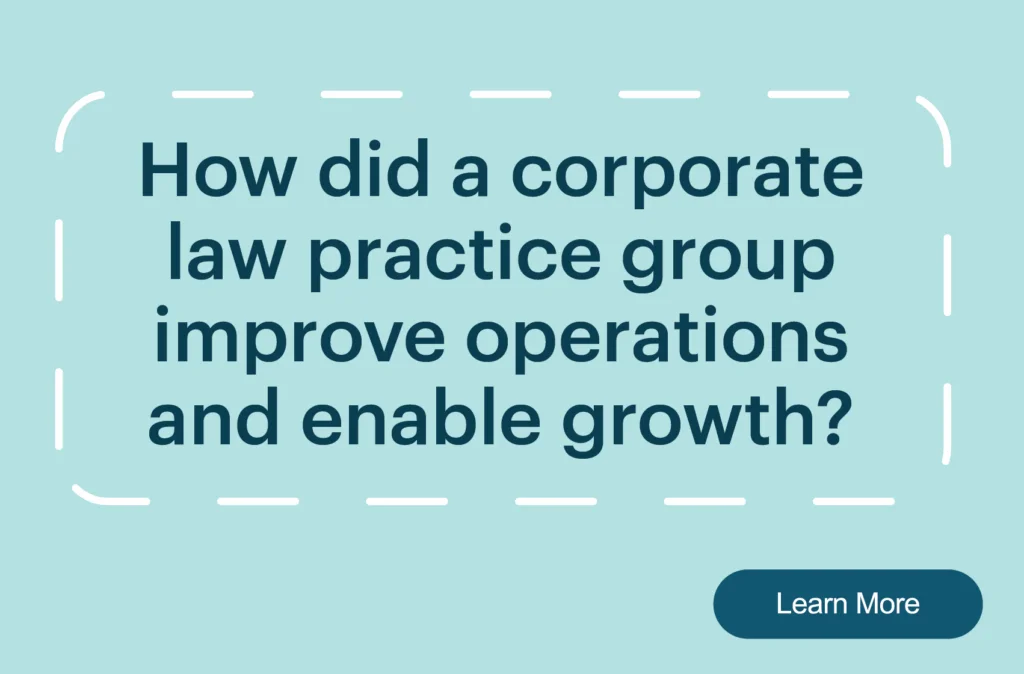Workplaces are looking a little different these days. From where work is done to how ideas are discussed and who is making the decisions, a majority of employees are demanding change.
Consider these statistics:
- 43% of employed Americans spend at least some time working remotely, according to a 2017 Gallup poll.
- In 2016, millennials became the largest generation in the workforce, according to the Pew Research Center.
- Almost 4-in-10 employees don’t believe the people in their organization collaborate enough, according to Queens University of Charlotte.
Look around your office. Many colleagues are millennials, increasingly tech-savvy and perhaps working globally or based remotely. Maybe some of these characteristics fit you? Now, pair these trends with an “on-demand” communication culture, driven by the social media and mobile revolution. You and your colleagues don’t wait days for an email response, but rather minutes for a text response. When was the last time you left or listened to a voicemail message? It’s faster and easier to message someone in real time. You know that time is your most valuable resource. By minimizing the time and effort it takes to communicate, you can maximize your output and increase your flexibility.
Today’s workplaces require tools that enhance employee productivity and provide the flexibility to never miss a critical business opportunity. Organizations in other industries have already experienced the benefits of enterprise collaboration, and now this technology is making its way into the legal sector. The rise of enterprise collaboration is redefining the modern law firm and legal department.
Enterprise Collaboration Meets Legal
For law firms and legal departments, more focus than ever before is being placed on efficient communications and workflows. But application fatigue is rampant. Law firm partners, associates and staff routinely manage cases, strategize with colleagues, email clients, edit documents, log billable hours and update calendars — all in separate, unconnected systems. The disjointed nature of the legal tech landscape is costing law practices time and, more importantly, productivity. Further, legal professionals, like professionals in other industries, are overwhelmed by email. Employees spend almost 20 hours a week emailing and gathering information. Email is often used as an alternative to a document management system, and case management workflows are built around email. Email fatigue is draining profits for both law firms and the clients they represent.
Collaboration platforms are built around increasing productivity, with a goal of getting employees interacting in a fluid manner. Available on your desktop, laptop or mobile device, collaboration platforms enable you to chat one-on-one or with a team, emphasizing quick and concise messages and ongoing message streams. Messages and documents are organized by workstreams, which may consist of matters, projects or discussions. With a click of a button, you can email, videoconference, share screens and send files. You can even poll a group for input by conducting surveys that update in real time. Never again waste time digging around for a document across various file servers and systems. An enterprise collaboration platform stores files and information securely in one place, keeping you organized and allowing you to search across everything using keywords. Whether your co-workers are in the same building or located in different countries around the world, you can collaborate with the same amount of ease. Additionally, all members of the legal team — including in-house counsel, business partners in other departments and experts outside the law firm or legal department — can collaborate in specific, security-controlled workspaces.
It’s All About the Integrations
Productivity gains can only be achieved if all the tools a lawyer and legal team are using work well together on one central platform. Collaboration platforms are poised to become the sole digital location where work happens in a law firm. No longer will firms have separate email, messaging, video, document sharing, calendaring and billing systems. Instead, these applications will be integrated within a single collaboration platform, developed specifically for the legal industry. In the near future, such platforms will deliver access to a nearly endless array of other legal applications available in the marketplace — such as legal research, depositions, analytics and artificial intelligence software.
When considering collaboration technology, look for key integrations that can be made to connect the collaboration system to other software tools used in the firm or legal department. For example, can the collaboration platform be connected with the firm’s email client so that navigating between email and messaging, videoconferencing or file sharing will be seamless? Can the organization’s document management system be brought in to easily access digital files and case documentation? Can common templates the firm or legal department uses all the time be placed in a workspace so they are accessible? Building out these workflows between the collaboration platform and other systems is key to working smarter.
According to research conducted by Workstorm, a collaboration platform software provider, a single employee can save 90 minutes a day using a collaboration platform. Multiplying that out over the course of a year, a team of 10 people can save 3,750 hours or almost 2 full-time employees. Those efficiencies are reaped through fewer emails in your inbox, fewer hours spent looking for documents and fewer times logging in and out of systems.
Serious Collaboration Requires Serious Security
Collaboration isn’t just about sharing ideas and documents and increasing productivity. It’s also about keeping those ideas and documents secure and confidential. For law firms and legal departments, privacy, security and data controls are paramount and should form the foundation for all technical aspects of the collaboration tool — infrastructure, software design, access rights and policy development.
First, as a baseline, any collaboration platform adopted by the organization should have the support of the IT department. “Shadow IT” deployments (where IT is not aware of the tool’s usage) are risky and downright dangerous, especially if you are collaborating with users outside your firewall. Make sure an IT staff member is involved in rolling out the collaboration platform so that security parameters can be analyzed and established.
Next, you need to understand controls around data and communications in the collaboration platform. Your data is your data, and you should have control over it. The software provider should not sell or rent your data to advertisers or third parties. Also, the platform should enforce strong password creation requirements, as well as advanced permissions to control external participants and communications. Know how the software provider will handle legal requests for information about or contained within the collaboration tool and how data can be exported out of the system for compliance purposes in regulated industries. When it comes to retention and disposition of data in the collaboration system, the provider should follow industry standards and use advanced techniques for data deletion and media destruction.
Furthermore, information should flow, not leak. The collaboration platform provider should be dedicated to ongoing identification, analysis and management of security risks. Start by asking questions about the hosting environment. Who is hosting the data? Is a reputable cloud provider, such as Amazon Web Services and Microsoft Azure, being used? Is a multi-tenant hosting model employed that allows clients to share computing resources (driving down infrastructure costs while increasing IT efficiencies) but keeping each client’s data isolated and invisible to other clients? If you need a private cloud for compliance reasons, is that available to you? Also, your communications and data should be encrypted both in transit between devices and parties and when at rest on servers.
Finally, the provider should apply intrusion prevention and detection systems to monitor system problems, including, but not limited to, system performance degradation, system errors, unusual activity and suspected or actual unauthorized access. An outside firm specializing in this type of work should routinely perform external penetration tests. The software provider should readily articulate the methodologies and techniques applied to mitigate security risks and implement privacy controls. Each of these topics should be covered in-depth in a Type II SOC 2 report generated by an independent auditor, and you should have the highest confidence in the safekeeping of your data.
Ready to Change the Way You Work?
The rise of enterprise collaboration is redefining the legal industry and how law practices and departments will think about communication in the future. Modern law firms and legal departments will see next-gen enterprise collaboration technology as a critical component in employee engagement, helping them remain competitive both in acquiring and retaining talent, as well as growing revenue. For you, that means helping to improve how you coordinate, communicate and perform with your teams. Staying up to speed with the innovations in legal communication and collaboration will help you keep competitive and productive in a shifting legal landscape.
This article originally appeared in November 2018 in Cybersecurity Law & Strategy.


